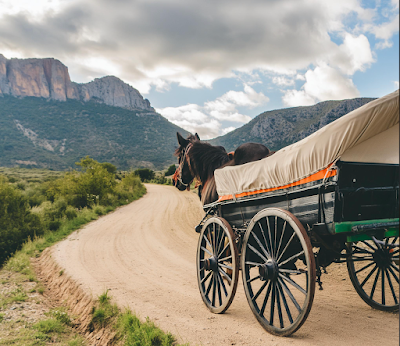Don't Forget Your Workshop Suitcase!
I recently helped present a workshop on prototyping and exhibit development at the annual InterActivity conference organized by the Association of Children’s Museums.
Ably assisted by my co-presenters, Joe Cook and Blake Wigdahl, the three of us touched on how to move from basic exhibit ideas to testing and evaluation to the creation of the finished products. I even got to reveal the connection between ELVIS and museum exhibit prototyping! (Check out this related post here.)
A great workshop not only requires careful planning, but you also need some “stuff “to help take your stories out of a PowerPoint presentation on the screen and into the real world. I always bring a suitcase full of prototype examples and exhibit pieces to pass around and to help illustrate my main talking points. That combination of "stories" and "stuff" really creates a memorable social learning experience for your workshop participants.
So, the next time you are thinking about how to share your stories during a workshop or presentation, don’t forget to pack some extra ‘stuff” for the road!
Paul Orselli writes the posts on ExhibiTricks. Paul likes to combine interesting people, ideas, and materials to make exhibits (and entire museums!) with his company POW! (Paul Orselli Workshop, Inc.) Let's work on a project together!
If you enjoy the blog, you can help keep it free to read and free from ads by supporting ExhibiTricks through our PayPal "Tip Jar"






